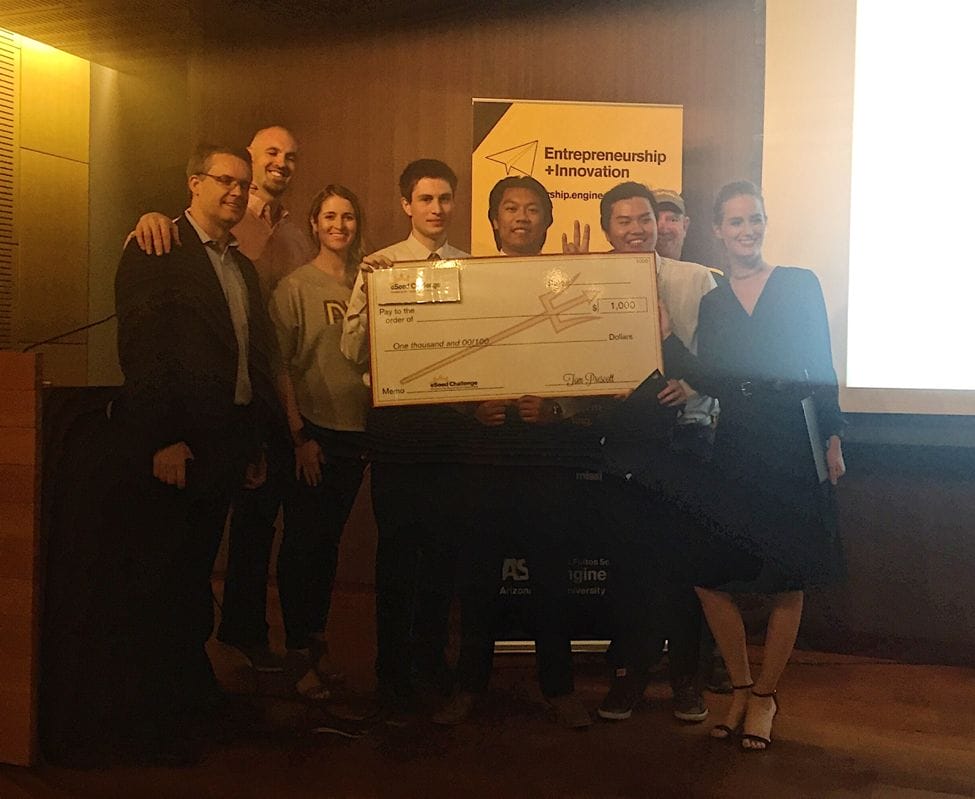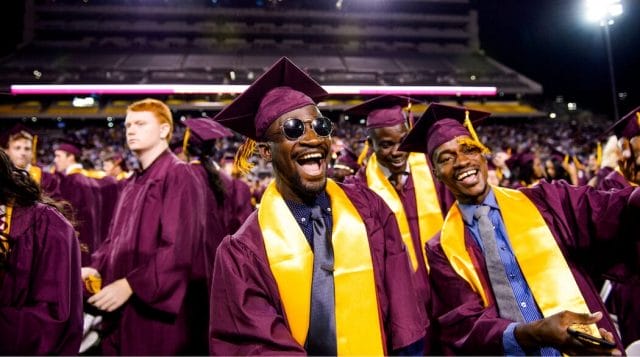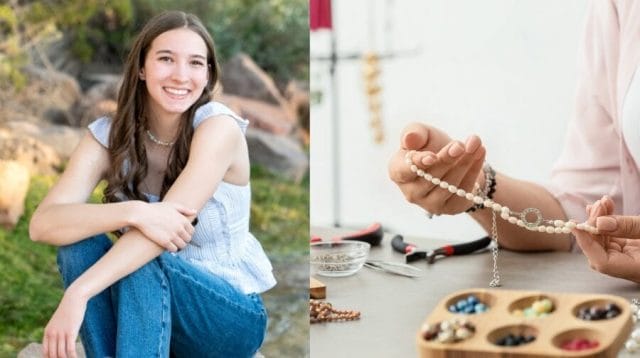Students enrolled in Brent Sebold’s class, Entrepreneur & Value Creation, have spent the semester building a entrepreneurial mindset, as well as a venture of their own. From customer discovery to three rounds of pitching, both business and engineering students gained real-life experience finding a problem and building a solution.
Sebold followed the lean startup methodology for the class. By the end of the class, I don’t think one student would fail to recognize the importance of “building a product that customers want”. In the first few weeks, we read literature on topics about entrepreneurial mindsets, customer development, business model canvases, and more. We also watched videos – everything from Ted Talks on innovation to The Lean Startup Approach videos with Steve Blank.
Next, our diverse class of engineers, business students, designers, and more, split into teams based on our individual skills. We then set out to find “pain points” through 50 customer interviews where we were encouraged to listen and remain open-minded to their thoughts. It wasn’t until after many interviews were completed that the teams started to develop possible solutions to these problems by creating MVPs, market analyses, business models, and pitch decks. The groups sought to solve problems like food waste, bike theft, sleeping problems, and many more.
Finally, the class concluded with three versions of pitches by each group. After each version, the groups received class and TA commentary on how to improve. After the final pitch, the class voted on the top three ventures.
The class concluded on April 25th, when the top three ventures – SafeLease, Med On Demand, and Return Masters pitched to receive an auto-bid into the next eSeed Challenge cohort of $1K funded startups.
Adding to the excitement, the class and other guests received a keynote address by ASU Alum and Co-founder of SEED SPOT, Courtney Klein. As Sebold described, Klein has been a “mover and shaker” since she graduated from ASU with a degree in Nonprofit Leadership and Management.
Klein spoke of her experience after college, which included big dreams to create a nonprofit to empower youth, a mere $1,000 to start her project, and the mentorship of then President Lattie Coor. She said it was this mentorship that enabled her to start her first nonprofit to help empower young people to create change.
“I advise every entrepreneur to always carry a wish list of what you need. You never know what room you’re going to be in and who you’re going to be in front of to ask.”
Similar to the validation process we went through in EVC, Courtney talked about she launched her first pilot experiment for her nonprofit at a Mesa public school. Here, Courtney’s organization worked with students to identify a problem, do advocacy work, raise awareness, and develop a solution. This led to the students heading to city council and within two weeks, changing the operation of dangerous intersection outside their school.
Much like our customer interviews, Courtney said it enabled them to see that their methodology could work and that their ideas were possible. She said it proved to them that,
“If you gave young people the chance and the autonomy to create change, they will do it every. single. Time.”
She continued about her journey with the nonprofit she started out of college, including expanding globally, merging with another successful organization, and finally, earning a million dollar endowment.
It was then that Courtney said she wanted others to have the same resources, mentorship, and funding that she had. She said that at the time, there was no places in the Valley for entrepreneurs focusing on social change. So, she set out to tackle this problem by creating SEED SPOT, a social impact incubator that provides resources, support, capitalism and more to early stage social entrepreneurs.
Almost anyone in the Valley could boast on SEED SPOT’s impact in the community and success as a business. These include percentages of women and minorities way higher than traditional incubators, as well as more than 2.2 million lives impacted. Courtney touched on the success of some of the entrepreneurs that have come through SEED SPOT and mentioned that 78{6208b8bf86e1853dbf16efa117fa7baf30f23341ab29fe411b3c3e90d00eceaf} of them are still in business.
Courtney Klein of SEED SPOT speaking at Entrepreneurship & Value Creation class.
In the Q&A portion, Courtney answered a students’ question regarding when you know to really pursue an idea:
“If you are anchored into the problem deep enough, you will find the solution..if you are anchored into the solution, you will fail.”
This quote tied perfectly into everything were learned in Sebold’s section of EVC this semester and set the tone for the pitches that were to follow Courtneys speech. Along with Courtney, Rivadavia Alvarenga (Global Business Development Officer at ASU and former CEO of Rivadavia & Associates) and Ken “of Zen” Mulligan (Teacher of Technology Entrepreneurship, Entrepreneurial Mindset and Strategic Enterprise Innovation in the Fulton Schools of Engineering graduate program at ASU) were judges.
First was Safelease, which is a platform to help people needing a short-term lease. For example, with Safelease, students looking for a place to stay for a summer internship ca be matched up with someone else looking to lease their house or apartment for the summer. Safelease had an MVP website, a thorough market analysis (for example, how they differed from Airbnb), and two people who were eager to use their product.
The next venture was Med On Demand. Med On Demand set out to solve the problems that come with scheduling doctors appointments for busy individuals. It is an app that provides a platform for users to communicate with doctors instantly, schedule appointments, and review doctors. They ensured their app would be insurance compatible and help new doctors, or doctors looking to do something else to do, with a platform to help patients in need.
Finally, the third venture was Return Masters, a solution to the problem of repacking and returning packages. To solve this problem, they created a Google Form as an MVP where people could submit their information when they have a package they need to be taken to the post office to be returned for a small fee. Then, much like Uber or Postmates, Return Masters could take the opportunity, return the package, and earn a profit.
After questioning and deliberation, the three judged chose Safelease to win the $1,000. They said their customers were very believable and they saw a lot of potential in the platform.
Overall, Entrepreneurship + Value Creation took students on a journey to understand the entrepreneurial mindset and create a validated, scalable solution. Not only did our knowledge and skills on customer discovery, presenting, and teamwork develop, but the behaviors and attitudes we had to adopt will be vital after college.
As Courtney’s speech emphasized, the methodologies we followed in the class can create real impact and success. Although congratulations belongs to the Safelease team, I think all students would concede that this class left them feeling more confident, curious, and equipped to create change in our world.
Article written by Patience Dorman
Photos courtesy of Blend Sebold




